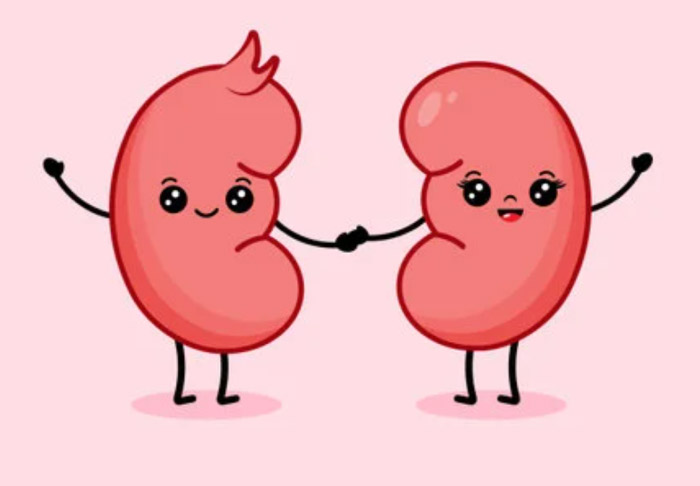What are my Protein Needs on Dialysis?

Why do my protein needs on dialysis increase?
When dialysis filters out wastes from your blood, it can also remove proteins, especially if you are on peritoneal dialysis. If you don’t eat enough protein to make up for what is lost during your dialysis treatment, your body will start to break down your muscles to get the protein it needs. This can cause: fatigue, muscle waisting, and a higher chance of infections.
My protein needs on dialysis are: 1g of protein per 1kg (2.2lbs) of ideal body weight.
Now that we know protein intake on dialysis is 1g of protein per 1kg of ideal body weight. Calculate your ideal body weight based on your BMI/BMR and calorie consumption.
How do I know if I meet my requirement for my protein need on dialysis?
If you don’t eat enough protein on dialysis to make up for what is lost during your dialysis treatment you will see this in the blood panel. Your nephrologist will see if your blood has enough albumin, which is a type of protein found in blood. You will find albumin on your monthly lab reports that are performed routinely during dialysis treatment. To comply with the clinical nutrition requirement to eat enough protein you can include protein rich dialysis meals in your diet plan.
What are different food sources to achieve my protein needs on dialysis?
There are two types of protein in the foods we eat — animal protein and vegetable (plant) protein. Animal proteins are easier for your body to use, but most people need both types of protein in their diet. Here are some examples of foods high in protein:
Soy (like veggie burgers, tofu, soybean)
Beans
Nuts
Beef
Poultry (chicken, turkey)
Egg
Protein on dialysis from plant sources:
Protein on dialysis from animal sources:
There are other sources of high protein not for dialysis like milk and dairy. However, these are high in phosphorus – which needs to be limited when on CKD stage 5 – dialysis treatment.
How do I know what a serving size of protein is?
A good way to determine a serving size of protein is by using your hand as a guide. The size of the palm of your hand is about three ounces. The size of your thumb is about one ounce. Your dietitian will work with you to tell you how many ounces of protein you will need in one serving for each meal and what types of protein to eat.
Some animal protein sources are high in phosphorous. (Phosphorus needs to be limited on dialysis.) See this list of nephrologist approved high protein/low phosphorus dialysis meals. It is also important to take your phosphate binders when eating high protein foods.